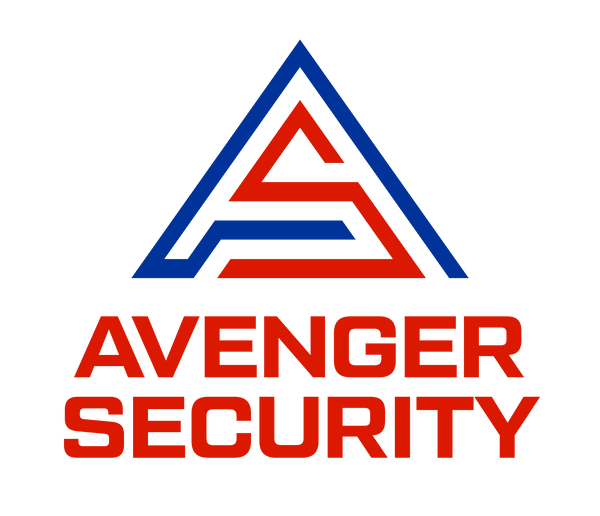
Don’t Daisy-Chain Smoke Alarms: NFPA 72 Chapter 29 Compliance (Texas)
Stop wiring smoke alarms in series. In custom homes, daisy-chaining 2-wire conventional smoke alarms is a common mistake that does not meet NFPA 72 Chapter 29 and can leave the home unprotected if a single device is removed or fails.
Why Series “Daisy-Chain” Wiring Is a Code Problem
- Single-point failure: Removing or servicing one alarm can drop power to the rest.
- Fault intolerance: An open, short, or ground can silence multiple stations.
- Inspection risk: This is a frequent violation called out by AHJs in new custom homes.
NFPA 72 Chapter 29—Key Clauses (Plain English)
- 29.11.2.2: A single fault on the interconnect must not prevent any single station from operating locally.
- 29.10.7.8.1: An open, ground fault, or short in the wiring to input/output devices must not stop each individual alarm from operating.
What Compliant Wiring Looks Like
- Parallel power to each smoke alarm (each device is a “station”)—do not rely on series loops that drop others when one is removed.
- Interconnection so activation of one station sounds all (where required).
- Supervision and end-of-line (EOL) components per the manufacturer’s instructions, especially for larger networks.
- Dedicated branch circuit for AC alarms with battery backup; follow listing/installation instructions.
What To Do If You Find Daisy-Chain Wiring
- Document the condition (photos/video) and note which devices go down when one is removed.
- Rewire to parallel power with proper interconnect and supervision per the alarm manufacturer.
- Function-test all stations and the interconnect; verify local sounder at each device.
- Coordinate with your AHJ and update as-builts for inspection.
Field Example (Video)
Need Help?
We correct non-compliant wiring and integrate alarms properly with monitored systems. Learn more about our Fire & Life Safety services or request a site visit.
Informational only. Always consult the current NFPA 72 edition and your local Authority Having Jurisdiction (AHJ).
